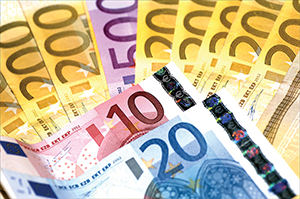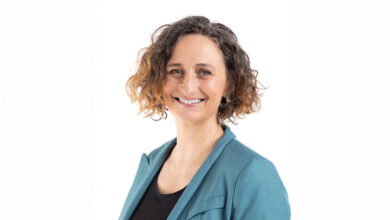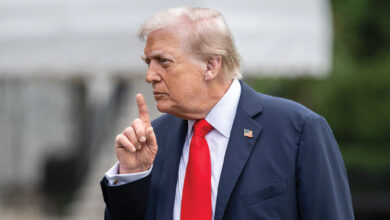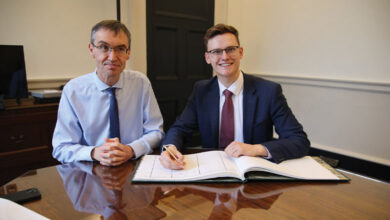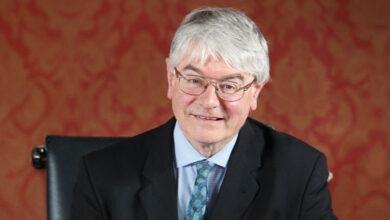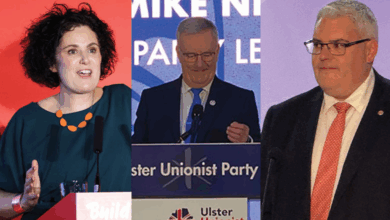The EU’s reform intentions?
Macdara Doyle, of the Irish Congress of Trade Unions, questions the intent behind EU reform programmes.
The language of the market has corrupted everyday parlance, to the extent that essential terms and concepts are now either devoid of their traditional meaning, or have had that meaning reversed.
This in turn reflects the manner in which the priorities and demands of the market have overwhelmed those of society and the wider common good. Margaret Thatcher’s apparently offhand remark that ‘there is no such thing as society’ was less an observation than a statement of intent.
Over the last three decades, her neoliberal credo has systematically undermined and weakened all collectivist institutions – trade unions being a prime target – and turned full blooded citizens into one dimensional consumers.
Citizens enjoy fundamental rights, consumers are subject to the strictures of commerce.
Most of the neoliberal project was carried on under the guise of ‘reform’ with the alleged aim of improving ‘competitiveness’. A similar process is under way across the Eurozone at the moment.
Having forced EU citizens to foot the bill for errant banks and seen the region’s economy flatline as a direct consequence, the authorities have sought to drive standards down to the lowest common denominator in a vain attempt to stimulate growth.
Again, the cloak of reform and the holy grail of competitiveness have been used to mask the true meaning of the project.
If EU authorities and national governments were to openly state that their goal was to cut wages, drive down living standards, slash welfare benefits and make it easier to dismiss workers, they would likely ignite a popular backlash.
Hence, ‘reform’ is used to hide the ugly reality.
It also masks the fact that many in power across the EU – as the Greek crisis clearly showed – have also been captured by the market and now believe its health is synonymous with the health of wider society.
In recent weeks, trade unions across Europe – led by the European Trade Union Confederation [ETUC] – have initiated a campaign against plans to weaken and water down ‘business regulation.’
The proposals emanate from the European Commission and are known as REFIT, the Regulatory and Fitness Performance programme.
The avowed aim is laudable – to make EU law simpler and reduce regulatory costs – but then again, ‘reform of the labour market’ has been sold in similarly shiny packaging.
But as the ETUC has pointed out the REFIT programme once again appears to confuse the demands of the market with the needs of society, or at least prioritise the former above the latter.
Thus SMEs – who account for some 85 per cent of total employment across the EU – are to enjoy a ‘lighter regime’, with micro-businesses enjoying an ‘outright exemption.’
Surely this undermines a basic principle of EU legislation, which is to apply the law equally to all?
In addition, the REFIT programme encourages a slide towards the lowest common denominator in terms of business regulation, by suggesting member states need not go beyond ‘what is necessary’.
In fact, as the ETUC notes, the better regulation agenda may end up creating another layer of bureaucracy and potentially put workers lives at risk, as noted by ETUC General Secretary, Bernadette Segol: “Trade unions support better regulation, but what the European Commission proposes is more bureaucracy and undermines the principle that EU law applies equally to all. It will not bring better regulation, but will slow down social progress. It has already been used to delay the protection of workers from cancer-causing chemicals.”

